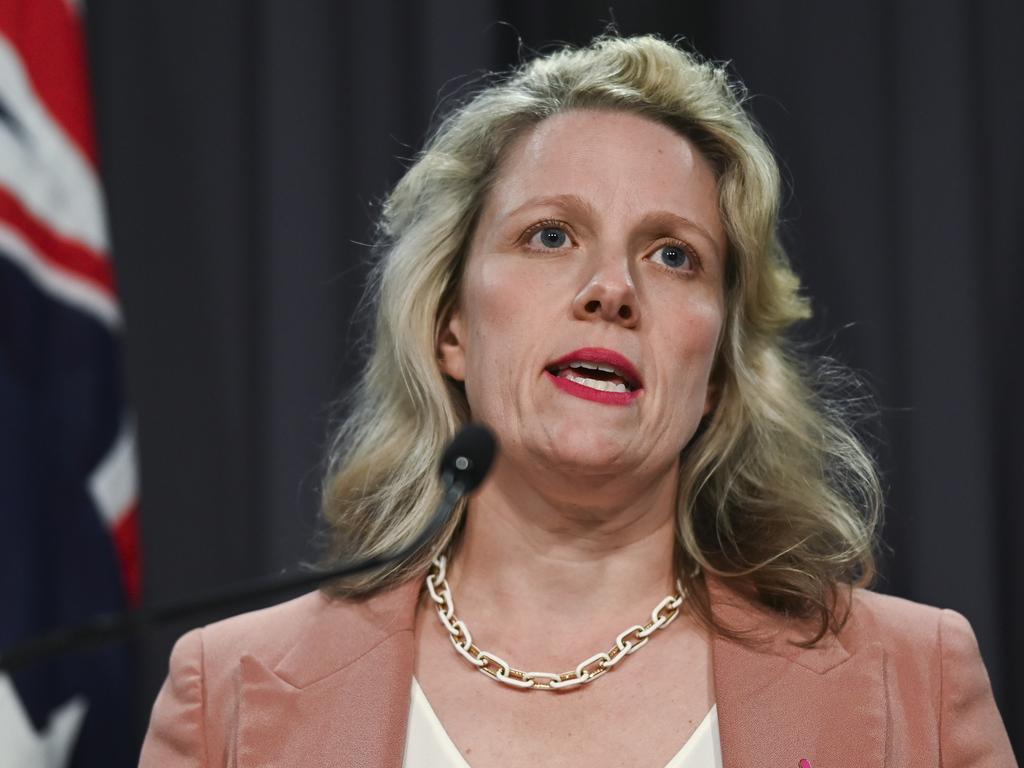We are a great country, with a broken migration system

Whether it’s the thriving, migrant-owned businesses that dominate the high streets of my electorate, or the smell of spit roast in our street at Greek Easter, or the joy of watching my kids grow up with children from across the world, my patch of our country virtually pulses with life.
Migration is at the core of our national story, and we would not be the prosperous, secure and peaceful country we are today without it.
But that does not mean any and all migration is good for our country. And it should not be controversial to say so.
Throughout our history, migration has delivered massively for our nation when migration policy has been targeted at solving national problems.
Think of “populate or perish”, where after the World War II, Ben Chifley designed a migration program to build infrastructure and keep us safe.

Think of the drive to multiculturalism of the early 1970s, where the Whitlam Government blew open the dusty doors of power, buried the White Australia policy, and used our migration program to help modernise our country.
So what should our migration program be doing for Australia today? We face some urgent national challenges that we need the best and brightest in the world to help us solve.
We have to make a quick shift to a net-zero economy. We have a fast ageing population, and not enough people to care for our elderly. We need to build sovereign capabilities.
And we need to get productivity moving – we’re not getting better at thinking, building and creating fast enough – which is dragging down the prosperity of Australian families.
Migration is not the full answer to any of these problems. But it is part answer to all of them. If only our migration program was delivering for the country.
A series of recent major reviews have shown that our migration system is broken. The scale of the mess we inherited can’t be overstated. Don’t take it from me. Take it from Martin Parkinson, one of Australia’s most respected, renowned and apolitical public servants, who conducted a major review for our government.
He concluded that our system is “badly broken”, because the previous government made a “deliberate decision to neglect the system”.
We have spent the last 18-months dealing with the most urgent aspects of reform: huge investments in system integrity, increasing the minimum wage floor for skilled migrants which had been frozen for a decade, and shutting down Covid concessions which were driving population growth.


Today, our government releases a Migration Strategy for Australia. Our plan is to rebuild our migration program for the national interest.
The first problem we have to solve is to get migration levels back to sustainable, normal levels. Numbers were always going to surge post-pandemic, but we cannot sustain the levels of migration we have seen in recent years.
There is too much pressure on housing and infrastructure. Our migration program only works with community support and to retain that, we must make a significant correction. That’s why we’re acting. The big policy shifts we will announce today, will help significantly reduce numbers by this time next year.
While bringing down the levels of migration to pre-Covid “normal”, we also need to address another huge issue: our system is built back-the-front.
Under the system we inherited, it is very hard to come to Australia as a permanent, high-skill migrant. Migrants we desperately need face long delays and bureaucracy.
While we place huge barriers in the path of highly skilled people, very large numbers of people are coming in through side doors and back doors. Many arrive as students, get trapped in low-paid work, and can be vulnerable to exploitation.
Many end up on an endless cycle of temporary visas, never having the chance to set down roots, rendered “permanently temporary”. Parts of our migration system look very much like the kind of guest worker program that Australians have, over generations, deliberately rejected.
As we reduce migration numbers, we’ll rebalance the program: allowing freer movement of really highly skilled people, who will create jobs and lift the productivity of Australians workers, while creating better protected and regulated pathways for the workers we need in lower-paid parts of the economy.

We also need better planning. Australian governments have essentially run our migration program year to year, without links to housing and infrastructure. Working with our state and territory partners, we will seek to change that.
Australia’s new Migration Strategy will help us build a smaller, better-planned, strategic migration program.
We know we’ve got the balance right because these reforms are endorsed by a long list of stakeholders, including groups who don’t tend to agree on much, such as the Business Council of Australia and the Australian Council of Trade Unions.
The reason our reforms have widespread support is that everyone serious in this debate recognises that if we want to tackle the challenges of the future, we need to skill up.
And, that we can’t run a migration program without social license from the community. To maintain that, genuine reform is needed, and that’s what we will deliver.
There is a big prize at the end of this: we are a great country, with a broken migration system. Imagine what we will achieve when we get this powerful engine working again. For workers, for businesses, and for all Australians.
Clare O’Neil is Minister for Home Affairs and Cyber Security.







I live in one of the most multicultural parts of Australia.